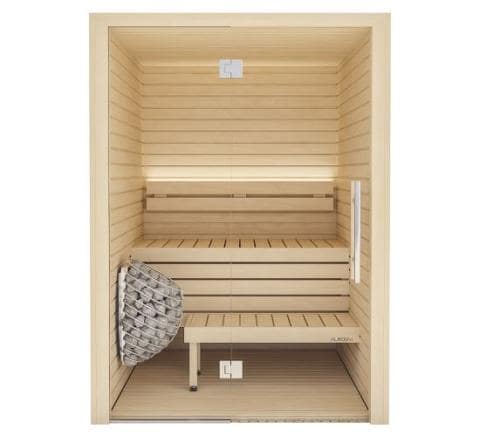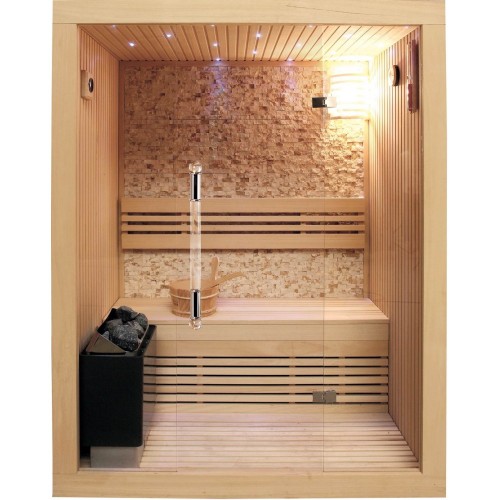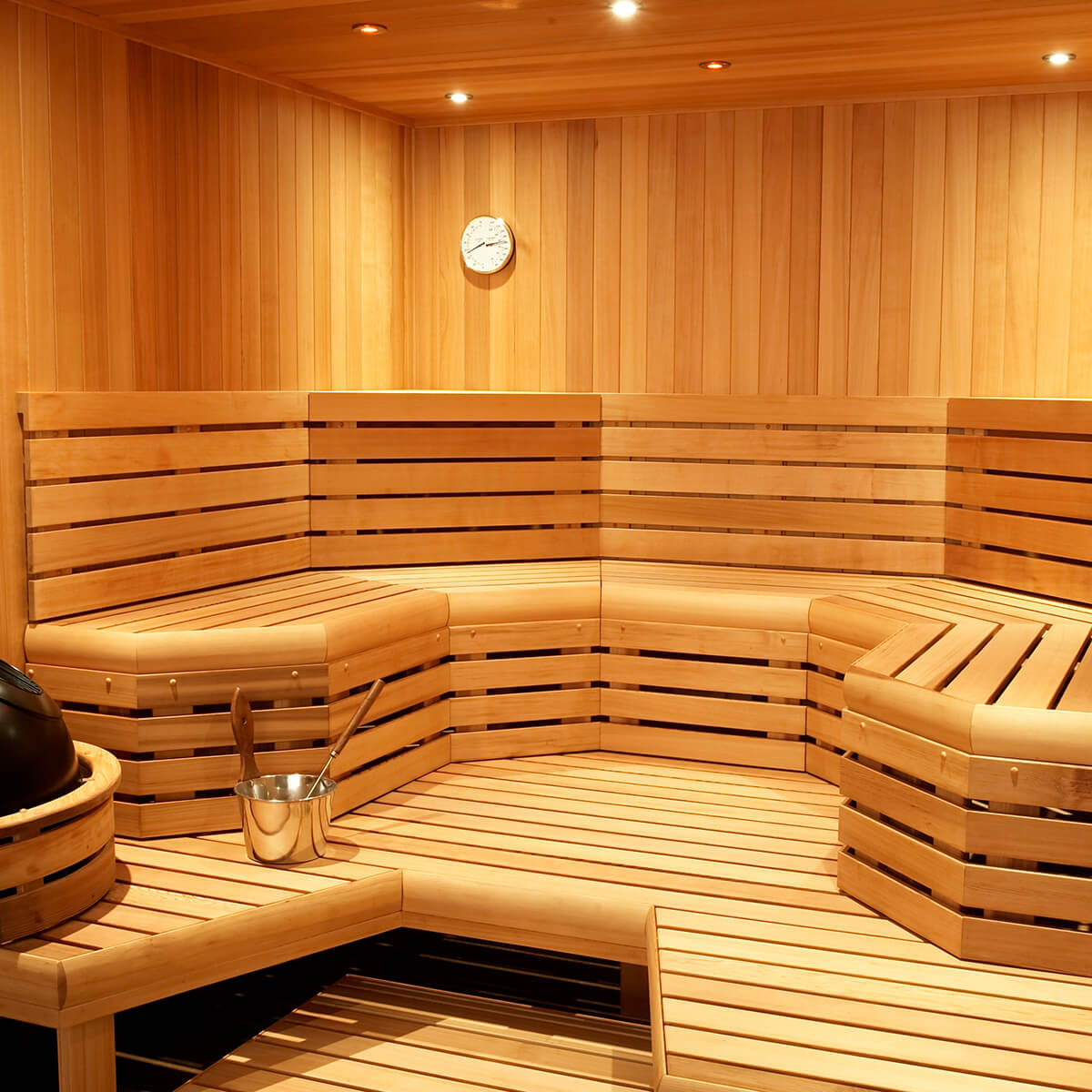Getting The Traditional Sauna To Work
Getting The Traditional Sauna To Work
Blog Article
The Best Strategy To Use For Traditional Sauna
Table of ContentsTraditional Sauna - The FactsThe Best Guide To Traditional Sauna4 Easy Facts About Traditional Sauna DescribedThe Ultimate Guide To Traditional SaunaThe Greatest Guide To Traditional Sauna
Many of the weight lost in a sauna is water loss and is re-gained upon rehydrating. Nevertheless, undeniably sauna can be a fundamental part of a healthy and balanced fat burning program. To consider the distinctions between traditional and IR saunas, I will separate these right into verifiable, theoretical, and made differences.Thus, the best point in the saunawhich is at the ceiling straight over the sauna heateris normally between 185 and 190 F. Claims that a conventional sauna exceeds 200 F is merely not true and not applicable for electrical saunas sold in the United States. The temperature for a far-infrared sauna is typically set in between 120 and 140 F; nevertheless, unlike the typical sauna, the goal in and IR space is not to achieve a high temperature level.
As a result of this, the temperature level distinction is nearly unimportant, since excessive sweating results in both sauna kinds, yet the method of heating up the body is different. In an IR sauna the bather will really feel hot and will certainly sweat a lot, yet at much lower temperature levels (Traditional Sauna). Hence, if the objective is to spend longer periods of time in the sauna, the IR sauna is a great option
When a standard sauna has actually been correctly warmed, the sauna wall surfaces are warm, the air temperature level has attained set temperature level and the rocks are super warmed. As a fascinating side note, the warmed wall surfaces and the rocks are producing far-infrared warmth, combined with the warmed air, to produce an "enveloping warmth".
The smart Trick of Traditional Sauna That Nobody is Talking About

When the high temperature is accomplished, the elements cycle on and off to maintain the high temperature. Most traditional sauna users delight in pouring water over the rocks to develop vapor to elevate sauna moisture levels. The advantages of putting water over the rocks include: making the room extra comfy, dampening the nasal passages, and allowing the use of aromatherapy by blending essential oils with the water.

When the power goes into the body, it causes the body temperature to raise and ultimately causes perspiration. In an infrared sauna it's vital for the emitters/heaters to stay on virtually continuously. Because there is no mass of rocks to preserve warm, the sauna will certainly cool if the emitters shut down.
As stated above, the sauna bather in an infrared space desires to position himself before operating emitters to get optimal gain from the warmth. The heating time for both rooms can be extremely various, depending on exactly how the areas are used. For a traditional sauna, a bather must permit 30-40 mins for the room to attain a preferred temperature level and to properly pre-heat the rocks.
All about Traditional Sauna
A well built sauna will usually accomplish a temperature of 150-160 F in regarding 30-40 minutes. For hotter temperature levels, the space may need to warmth for a longer period.

Conventional saunas have a tendency to be larger (for this reason utilize more power) than my response infrared saunas, although typical saunas are certainly readily available in one and two person dimensions. For a two-person conventional sauna, 5x6 or 5x7 dimension is most popular. The leading bench can conveniently seat two or 3 individuals and is additionally enough time to exist down throughout the sauna session.
The 6-Minute Rule for Traditional Sauna
The average price per kWH of electricity in the U.S. is about $0.11, so a 4.5 kW heater will certainly set you back approximately $.50 to run for one hour, if the heating unit runs continuously for one hour. Normally a sauna heater will certainly compete 75% of the very first hour and 50% of succeeding hours on since the elements cycle once the established temperature is attained.

Ultimately, there is a hardly ever reviewed distinction in the social experience between the two rooms. While our society has lost some of the social advantage of the conventional sauna experience, it can be very socially rewarding (Traditional Sauna). From family time in the sauna, to heart-felt conversations with better halves, to sauna partiesthe traditional sauna experience can bring about intimate interacting socially
Traditional Sauna Fundamentals Explained
Many higher end infrared areas include tinted light therapy, audio systems and full-glass fronts.
Report this page